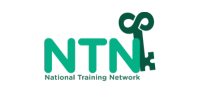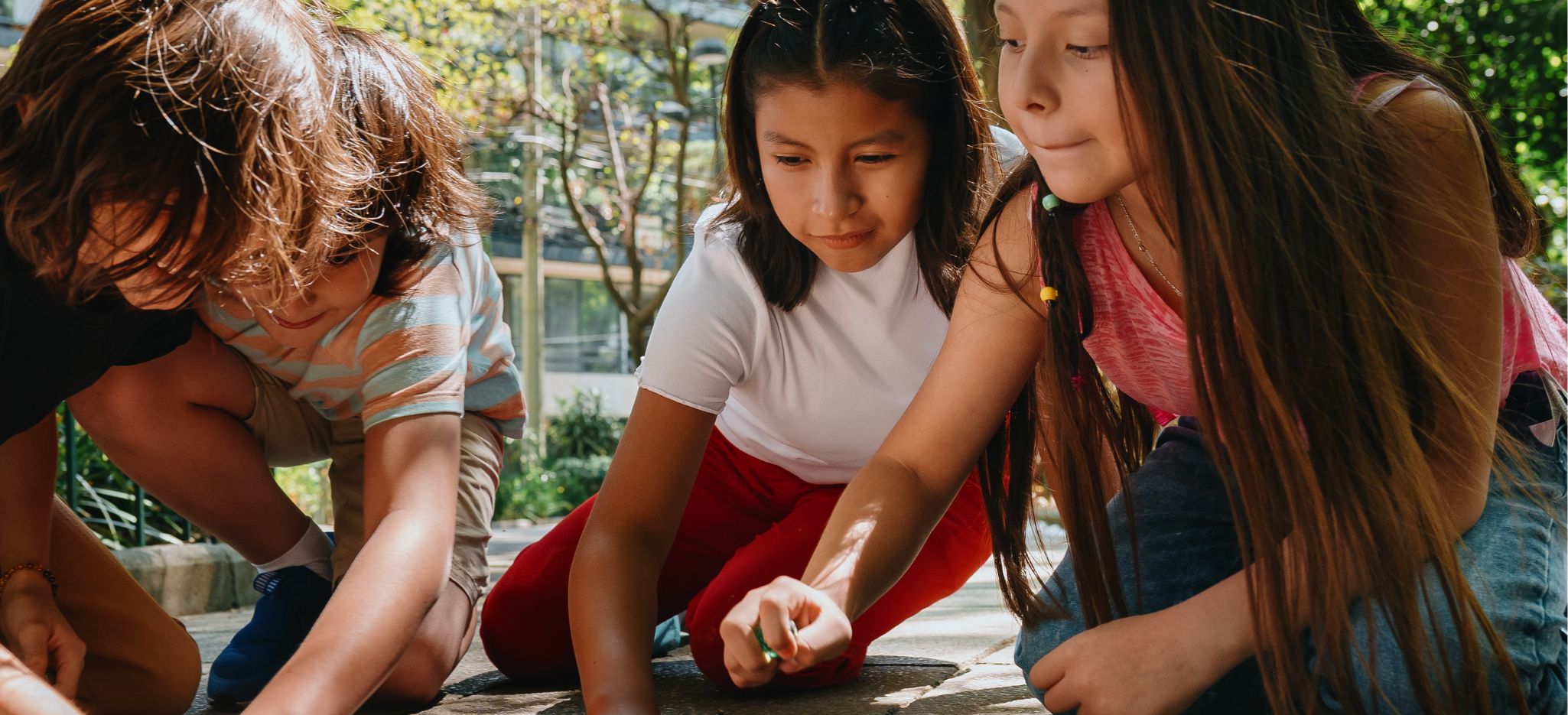Math is everywhere—especially during the holidays! And at NTN, we live and breathe math (seriously, we even dream in numbers). Whether it’s analyzing statistics in historical movements, calculating the perfect game-day strategy, or figuring out how many cookies are actually left after Uncle Joe “just tastes one,” seasonal celebrations offer countless opportunities to make math meaningful and engaging for students.
By incorporating real-world applications into holiday-themed activities, educators can spark curiosity, deepen understanding, and show students that math isn’t just something they learn in the classroom—it’s a vital part of everyday life. In this blog, we’ll explore creative and interactive ways to weave math into holidays throughout the year, making learning both relevant and fun. Whether it’s using probability in a classroom gift exchange or analyzing financial literacy during Thanksgiving meal planning, these activities will help students see math in action while celebrating the moments that matter.
Holidays and Activities:
Martin Luther King Jr. Day (January 20, 2025)
Activity Idea: Use statistics to analyze data from the Civil Rights Movement, such as voter registration or population changes over time. Create word problems based on historical data.
Classroom Connection: Discuss how math can highlight social justice issues and inspire change.
The BIG Game (February 9, 2025)
Activity Idea: Use the “Big Game” to bring math to life with engaging activities like analyzing player statistics, graphing team performance trends, exploring geometry through passing angles and field goal arcs, and applying financial literacy to ticket prices and team budgets.
Classroom Connection: This activity makes math relevant by connecting it to a major cultural event, helping students see real-world applications in sports analytics, data interpretation, and financial decision-making.
Academy Awards (March 2, 2025)
Activity Idea: Host a classroom Math Awards Show where students nominate and vote for categories like “Best Problem Solver” or “Most Creative Solution,” using statistics to analyze the results. Incorporate graphs to track class achievements and include math challenges related to the event, such as calculating angles for a spotlight or budgeting for an award-worthy outfit.
Classroom Connection: This activity makes math engaging by integrating data analysis, statistics, and problem-solving into a fun and interactive experience, encouraging student participation and real-world applications of math concepts.
St. Patricks Day (March 17, 2025)
Activity Idea: Students will participate in a “Pot of Gold Probability” challenge by drawing colored coins (or paper cutouts) from a container, calculating their total score based on assigned point values, and determining the probability of drawing each color. They can also predict their score before drawing and compare it to their actual results.
Classroom Connection: This activity reinforces probability, addition, and critical thinking in a fun and festive way, helping students apply mathematical concepts through hands-on learning.
Earth Day (April 22, 2025)
Activity Idea: Engage students in real-world environmental problem-solving by having them calculate their personal carbon footprints using an online calculator. Students can then compare their results, identify key factors that influence emissions, and discuss ways to reduce their impact. Additionally, they can analyze recycling data from their school or community, organizing it into categories (paper, plastic, aluminum) and calculating percentages to determine trends. For a broader perspective, students can graph environmental data over time, such as changes in CO₂ emissions, deforestation rates, or the rise of renewable energy usage, interpreting trends and discussing potential sustainability solutions.
Classroom Connection: This activity bridges math and environmental science by applying data analysis, statistics, and graphing skills to real-world sustainability issues. It encourages critical thinking and awareness of how math plays a role in understanding and addressing environmental challenges.
Labor Day (September 1, 2025)
Activity Idea: Have students explore real-world workforce statistics by researching average salaries across different careers, employment trends over time, or job market demand in various industries. They can collect and analyze data, then create graphs or charts to visualize trends such as wage differences by industry, unemployment rates, or job growth projections. For a hands-on math application, students can compare the cost of living in different regions to average salaries and calculate how far a paycheck stretches in various cities.
Classroom Connection: This activity helps students understand the role of math in economics, career planning, and workforce analytics. By interpreting real data, they gain insight into financial literacy, economic trends, and how mathematical concepts like percentages, averages, and data visualization are used in real-world decision-making.
Veterans Day (November 11, 2025)
Activity Idea: Have students analyze military-related statistics, such as the number of veterans by age group, enlistment trends over time, or the percentage of veterans in different branches of the military. Using real data from sources like the U.S. Department of Veterans Affairs, students can organize the information into bar graphs, pie charts, or line graphs to visualize historical patterns and demographic distributions. For a deeper analysis, they can compare enlistment rates during different wars or conflicts and discuss possible factors influencing those trends.
Classroom Connection: This activity bridges math with history and social studies, demonstrating how data analysis is used to understand historical events, demographics, and societal trends. By interpreting real-world statistics, students see how math plays a crucial role in analyzing and representing historical and current military data.
Thanksgiving (November 27, 2025)
Activity Idea: Have students apply math skills to plan a Thanksgiving dinner by using proportions, measurements, and budgeting concepts. They can scale recipes up or down to serve different group sizes, calculate the cost of ingredients based on grocery store prices, and determine the total budget for a full meal. Additionally, students can explore unit conversions by adjusting cooking times or measuring ingredients in different units. For a challenge, they can compare cost-effective meal plans and analyze price differences between homemade and store-bought options.
Classroom Connection: This activity highlights the practical applications of math in everyday life, reinforcing skills like proportions, budgeting, unit conversions, and problem-solving. It helps students see how math is essential for real-world tasks such as meal planning, grocery shopping, and financial decision-making.
Winter Holidays (December 2025)
Activity Idea: Engage students in holiday-themed math by planning a classroom gift exchange using probability. Students can calculate the likelihood of drawing specific names in a random exchange, explore different methods for fair distribution, or analyze probability scenarios for secret gift assignments. Alternatively, students can calculate the cost of holiday decorations and lights by comparing prices, determining the total budget for a classroom or home display, and even factoring in energy costs for running lights over time.
Classroom Connection: This activity makes math festive and fun by incorporating real-world applications of probability, budgeting, and cost analysis. Students will see how math is used in holiday planning, decision-making, and financial literacy while enjoying a seasonal and engaging lesson.
At NTN, we believe math should be engaging, relevant, and—dare we say—fun! By weaving mathematical concepts into real-world celebrations, students not only strengthen their skills but also see the true power of numbers in action. Whether it’s probability at a holiday party, statistics in history, or budgeting for a feast, math is everywhere, and we love helping educators bring it to life. If you’re looking for creative ways to make math exciting in your classroom or want to collaborate on fresh ideas, reach out to us—we’re always eager to turn learning into an adventure!


